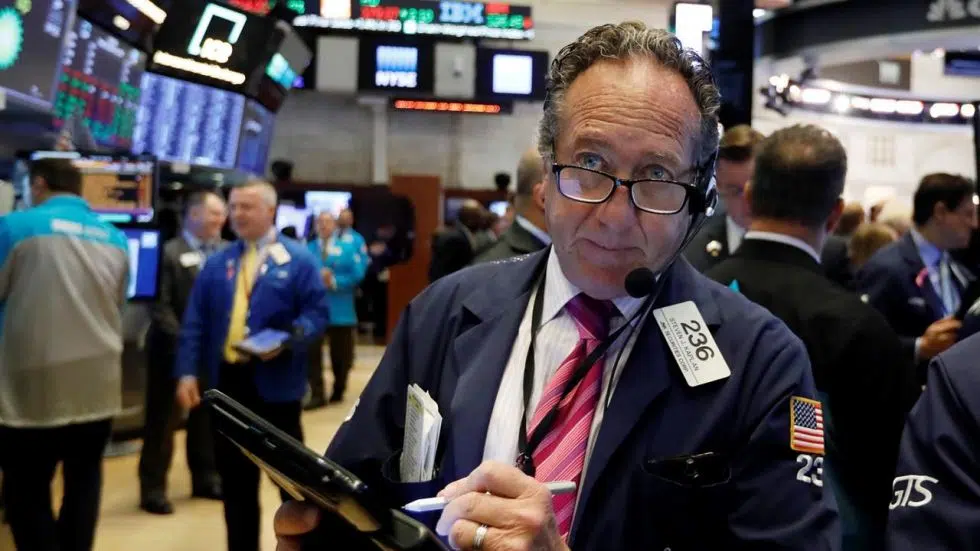
Ten years after the Great Recession, nothing’s changed
A DECADE LATER, the crisis that threatened to take down the global financial order seems like a bad dream. Now it’s business as usual.
In 2008, banking institutions creaked and groaned under the weight of flawed investments. Mohamed El-Erian, CEO of a large U.S. investment management firm phoned his wife and asked her to withdraw as much money as she could from an ATM because he feared the banks wouldn’t open the next day. A hedge fund manager sent an email to a journalist during the meltdown saying: “It feels a little like the end of the world.”
But the problems have been fixed, haven’t they? Yohann Koshy, editor for New Internationalist magazine, is not so sure:
“The world almost did end. And everything stayed the same. Time was borrowed in the form of nationalizations, cash injections and money-printing: space for the financial sector to breathe. But the air is getting thin again (July/August, 2018).”


